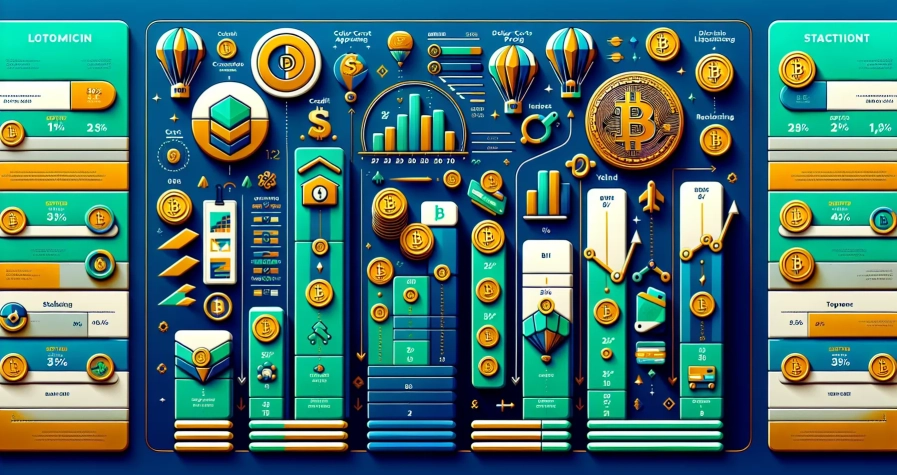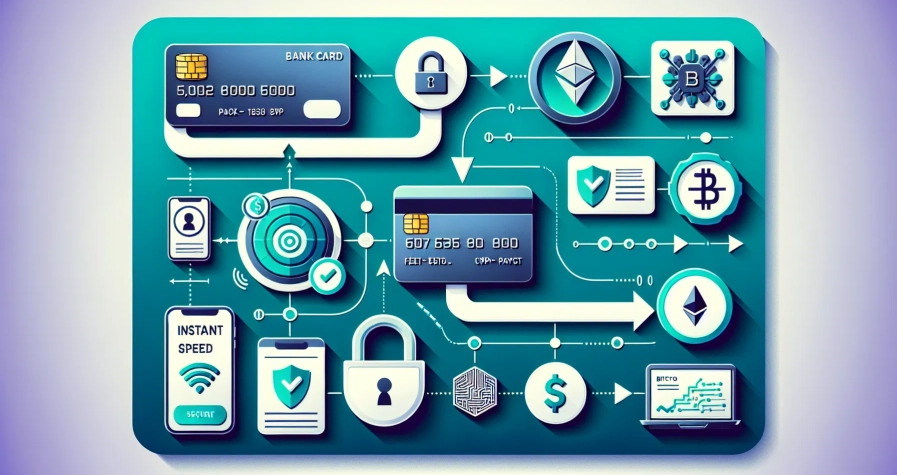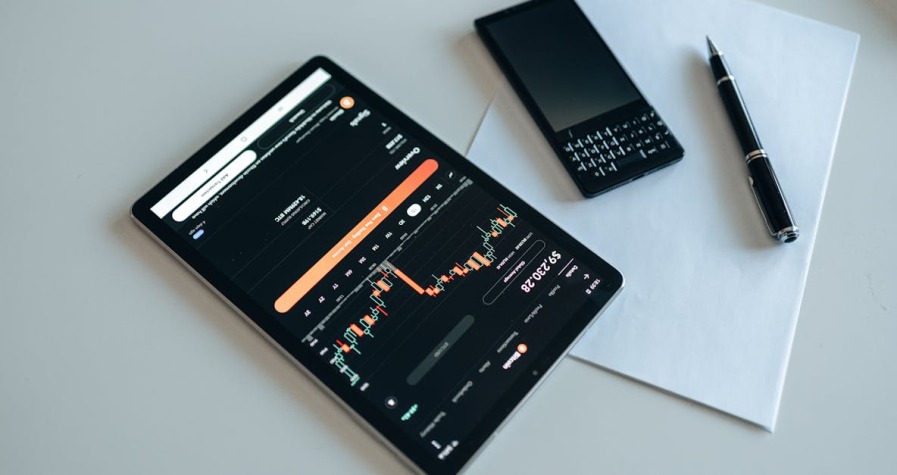The cryptocurrency landscape promises innovation and opportunity, but it also harbours a darker side, fraud, manipulation, and outright theft. Every year, billions are lost to crypto scams, from rug pulls to honeypot contracts, leaving investors devastated and disillusioned. Yet, ironically, the very technology that enables these scams also provides the tools to detect them. Blockchain’s transparent, immutable ledger means every transaction, wallet movement, and smart contract interaction is recorded in plain sight. For those who know where to look, on-chain data offers an early warning system capable of revealing red flags before disaster strikes. This article explores how investors and analysts can harness on-chain data to spot crypto scams in their infancy, providing a practical roadmap for due diligence in an often-treacherous market.
Key Takeaways
- On-chain data provides a transparent, immutable record of all blockchain activity, enabling investors to track crypto scams before they materialise.
- Suspicious token distribution patterns, such as a small number of wallets controlling the majority of supply, are critical red flags indicating potential rug pulls or market manipulation.
- Verifying whether liquidity is locked and examining smart contract code for hidden functions are essential steps to spot crypto scams early.
- Blockchain explorers like Etherscan and specialised platforms such as Nansen and Chainalysis offer powerful tools to track on-chain data and detect fraudulent behaviour.
- Common scam patterns including rug pulls, honeypot contracts, and pump and dump schemes leave distinct on-chain footprints that investors can learn to recognise.
- Mastering on-chain analysis empowers investors to conduct independent due diligence, reducing reliance on misleading marketing and protecting capital in high-risk crypto markets.
Understanding On-Chain Data and Its Role in Scam Detection

Before one can effectively use on-chain data to detect fraud, it’s crucial to understand what this data is and why it matters.
What Is On-Chain Data?
On-chain data encompasses all information permanently recorded on a blockchain. This includes wallet addresses, transaction histories, token distributions, smart contract code, liquidity pool activity, and much more. Unlike traditional financial systems where records are siloed and access-restricted, blockchain data is public, verifiable, and immutable. Anyone with an internet connection can inspect the flow of funds, examine smart contract logic, or trace the origin of a token. This transparency forms the backbone of technical due diligence in crypto.
Every action taken on a blockchain, whether it’s transferring tokens, deploying a smart contract, or adding liquidity to a decentralised exchange, leaves a permanent, timestamped record. These records can’t be altered or erased, making them a reliable source of truth. For fraud detection, this means that scammers can’t hide their tracks entirely. Suspicious patterns, hidden privileges in contract code, and unusual wallet behaviours are all visible to those who know how to read the blockchain.
Why On-Chain Analysis Is Essential for Investor Protection
On-chain analysis involves examining blockchain transactions and addresses to identify patterns commonly associated with fraudulent activity. This might include abnormal fund movements, lopsided token distributions, or hidden features within smart contracts that grant developers unfair control. The ability to audit behaviour in real-time is what sets blockchain apart from traditional finance.
For investors, on-chain analysis offers a proactive defence. Rather than relying solely on marketing materials, whitepapers, or promises from anonymous developers, they can verify claims independently. Has the team locked liquidity, or can they drain it at any moment? Are tokens distributed fairly, or does a handful of wallets control the supply? Are there hidden functions in the smart contract that could prevent selling?
This level of scrutiny is indispensable in a space where regulatory oversight is minimal and scams proliferate. On-chain analysis reduces information asymmetry, empowering investors to make informed decisions and avoid projects that exhibit warning signs. As crypto forensics continue to evolve, leveraging blockchain transparency has become one of the most effective tools in the fight against fraud.
Key Red Flags to Look For in On-Chain Data
Detecting scams often comes down to recognising patterns that deviate from legitimate project behaviour. Here are the most critical red flags to watch for when analysing on-chain data.
Suspicious Token Distribution Patterns
How tokens are initially distributed reveals a lot about a project’s intentions. In a fair launch or well-structured token sale, holdings should be relatively dispersed across many wallets. But, if a disproportionate allocation sits in just a few addresses, especially those controlled by developers or insiders, the risk of price manipulation or a rug pull increases dramatically.
When a small group holds the majority of tokens, they can coordinate large sell-offs that crash the price, leaving retail investors with worthless holdings. This concentration also makes it easier to manipulate markets through coordinated buying and selling. Tools like blockchain explorers allow anyone to examine the top holder addresses and assess whether distribution looks suspicious. If the top ten wallets control 70% or more of the supply, that’s a significant warning sign.
Unusual Wallet Activity and Concentration
Beyond static distribution, the behaviour of wallets over time can signal fraud. Large, rapid movements of tokens, especially from newly created wallets or between related addresses, may indicate laundering, preparation for a rug pull, or coordinated market manipulation. Wallets that suddenly receive massive amounts of tokens and then distribute them across multiple addresses in quick succession often belong to scammers attempting to obfuscate their activities.
Another red flag is the clustering of wallet activity. If many wallets appear to be controlled by the same entity (evidenced by similar transaction patterns, timing, or fund flows), this suggests centralised control masquerading as decentralisation. Advanced on-chain analytics platforms can map these connections, revealing hidden relationships between addresses that might otherwise go unnoticed.
Locked and Unlocked Liquidity Indicators
Liquidity is the lifeblood of any token, enabling holders to buy and sell without causing massive price swings. In decentralised finance (DeFi), liquidity is typically provided by developers and locked for a specified period to reassure investors that funds won’t be suddenly removed. The absence of locked liquidity, or contracts that allow developers to unlock it prematurely, is one of the clearest signs of a potential scam.
When liquidity isn’t locked, developers can drain the liquidity pool at any time, leaving investors unable to sell their tokens. This is the classic setup for a rug pull. On-chain tools can verify whether liquidity tokens are locked, for how long, and under what conditions they can be released. Projects that refuse to lock liquidity or provide vague explanations should be approached with extreme caution.
Essential Tools for Tracking On-Chain Data
The right tools transform raw blockchain data into actionable intelligence. Here’s what investors need to get started.
Blockchain Explorers and How to Use Them
Blockchain explorers are the foundational tools for on-chain analysis. Platforms like Etherscan (for Ethereum), BscScan (for Binance Smart Chain), and others provide user-friendly interfaces for inspecting transactions, wallet addresses, and smart contract code. Simply entering a token’s contract address reveals a wealth of information: total supply, number of holders, transaction history, and the contract code itself.
For manual due diligence, explorers allow investors to:
- Examine the top holders to assess concentration.
- Review recent transactions for unusual patterns.
- Verify whether the contract code is published and audited.
- Check liquidity pool addresses to confirm tokens are locked.
Whilst blockchain explorers require some technical knowledge, they’re accessible to anyone willing to learn the basics. Many scams can be spotted with just a few minutes of exploration, no advanced software required.
Specialised Scam Detection Platforms
For those seeking automated, in-depth analysis, specialised platforms take on-chain monitoring to the next level. Tools like Nansen, Chainalysis, Elliptic, and RugCheck use artificial intelligence and behavioural analysis to identify red flags automatically. These platforms aggregate data from multiple blockchains, score projects based on risk factors, and send alerts when suspicious activity is detected.
Nansen, for instance, tracks “smart money” movements, wallets belonging to experienced investors, and flags projects with unusual trading patterns. Chainalysis and Elliptic focus on tracking illicit activity, including scams, money laundering, and connections to known fraudsters. RugCheck, meanwhile, specialises in scanning smart contracts for hidden functions or vulnerabilities that could be exploited.
These platforms save time and offer insights that would be difficult to obtain manually. They’re especially valuable for those investing in new or lesser-known projects, where the risk of scams is highest.
Step-by-Step Process to Analyse a Project Before Investing
Armed with the right tools and knowledge, investors can perform their own on-chain due diligence. Here’s a practical, step-by-step approach.
Verifying Smart Contract Code and Audits
The first step is to examine the smart contract that governs the token. Using a blockchain explorer, locate the contract address and check whether the code has been verified and published. Verified code means the contract’s source code is publicly available for inspection, allowing developers and auditors to identify potential vulnerabilities or malicious features.
Next, look for evidence of a third-party audit. Reputable audit firms like CertiK, Quantstamp, or Trail of Bits review contract code for security flaws and publish their findings. A project that hasn’t been audited, or refuses to share audit reports, should raise immediate concerns. Within the contract code itself, watch for proxy contracts or functions that grant the owner excessive privileges, such as the ability to mint unlimited tokens, pause trading, or withdraw liquidity.
Even if one isn’t a developer, basic familiarity with common scam patterns (like honeypot mechanisms or hidden owner functions) can help spot red flags.
Tracking Developer and Team Wallet Movements
Once the contract passes initial scrutiny, attention should turn to the wallets associated with the project’s developers and team. These addresses are often disclosed in the project’s documentation or can be inferred from early token distributions. Using blockchain explorers or analytics platforms, investors should monitor these wallets for suspicious activity.
Are team members transferring large amounts of tokens to exchanges shortly after launch? Are they moving funds between multiple wallets in patterns that suggest they’re preparing to exit? Early withdrawals or large, unexplained movements are warning signs that the team may not be committed for the long term. Legitimate projects typically have vesting schedules or transparent policies around team token holdings, and their wallet activity reflects stability rather than urgency.
Common Scam Patterns Revealed Through On-Chain Analysis
Understanding the mechanics of common scams helps investors recognise them in real-time. Here are the most prevalent patterns.
Rug Pulls and Honeypot Contracts
Rug pulls occur when developers suddenly withdraw all liquidity from a project, leaving investors holding worthless tokens. On-chain, this appears as a large, unexpected transaction draining the liquidity pool, often executed by the contract owner or a wallet with special privileges. The warning signs include unlocked liquidity, concentration of control, and wallets that receive massive allocations at launch.
Honeypot contracts, on the other hand, are more insidious. These tokens allow investors to buy but not sell, effectively trapping their funds. The restriction is coded into the smart contract, often hidden within complex logic or obfuscated code. On-chain analysis can reveal honeypots by examining the contract for asymmetric buy/sell functions or testing transactions in a simulated environment before committing real funds.
Pump and Dump Schemes
Pump and dump schemes involve coordinated buying to artificially inflate a token’s price, followed by a mass sell-off that crashes the market. On-chain, this manifests as sudden spikes in trading volume, often driven by a cluster of wallets acting in concert. These wallets may be newly created, funded from a common source, and execute buy orders within a narrow time window.
After the price peaks, the same wallets, or related addresses, dump their holdings simultaneously, leaving latecomers with steep losses. Advanced analytics platforms can map these wallet relationships and flag coordinated behaviour, offering early warnings to investors. Monitoring social media activity alongside on-chain data often reveals the full picture, as pump schemes are typically promoted through hype and misleading claims.
Platform tools and behavioural analytics are indispensable for tracking these patterns in real time, strengthening investor protection and exposing fraudsters who rely on opacity.
Conclusion
The transparency of blockchain technology is both its greatest strength and the scammer’s Achilles’ heel. On-chain data offers an unparalleled view into the inner workings of crypto projects, revealing red flags that would remain hidden in traditional finance. By mastering the tools and techniques outlined in this guide, from blockchain explorers to specialised analytics platforms, investors can conduct rigorous due diligence, identify warning signs early, and protect themselves from fraud.
The crypto space will continue to evolve, and scammers will adapt their tactics. But the fundamentals of on-chain analysis remain constant: transparency, verifiability, and the ability to trace every transaction back to its source. Those who invest the time to learn these skills won’t just protect their capital, they’ll contribute to a healthier, more trustworthy ecosystem. In a market where trust is scarce and risks are high, on-chain data is the most reliable ally an investor can have.
Frequently Asked Questions
What is on-chain data and how can it help detect crypto scams?
On-chain data encompasses all information permanently recorded on a blockchain, including wallet addresses, transaction histories, and smart contract code. This transparency allows investors to identify suspicious patterns like unusual fund movements, lopsided token distributions, and hidden contract features that signal potential fraud before it occurs.
How can I tell if a crypto project is a rug pull before investing?
Check for unlocked liquidity, concentration of tokens in few wallets, and hidden owner privileges in smart contracts. Using blockchain explorers, verify whether liquidity is locked and examine if developers control a disproportionate token supply. These are critical warning signs of a potential rug pull.
What tools can I use to track on-chain data for scam detection?
Essential tools include blockchain explorers like Etherscan and BscScan for manual analysis, plus specialised platforms such as Nansen, Chainalysis, and RugCheck. These tools automatically identify red flags, track suspicious wallet activity, and scan smart contracts for vulnerabilities that could indicate fraudulent projects.
What are honeypot contracts and how do I spot them?
Honeypot contracts allow investors to buy tokens but prevent them from selling, trapping funds permanently. They’re identified by examining smart contract code for asymmetric buy/sell functions or testing transactions in simulated environments. On-chain analysis tools can reveal these hidden restrictions before you invest.
Why is token distribution important when evaluating crypto projects?
Token distribution reveals project intentions and manipulation risk. If the top ten wallets control 70% or more of supply, developers can coordinate sell-offs that crash prices. Fair, dispersed distribution across many wallets indicates lower risk, whilst concentration in few addresses raises serious red flags.
Can blockchain analytics prevent all cryptocurrency scams?
Whilst on-chain analysis significantly reduces scam risk by revealing warning signs early, it cannot prevent all fraud. Scammers continually adapt tactics, and some sophisticated schemes may initially appear legitimate. However, combining blockchain analytics with thorough due diligence remains the most effective investor protection strategy available.









